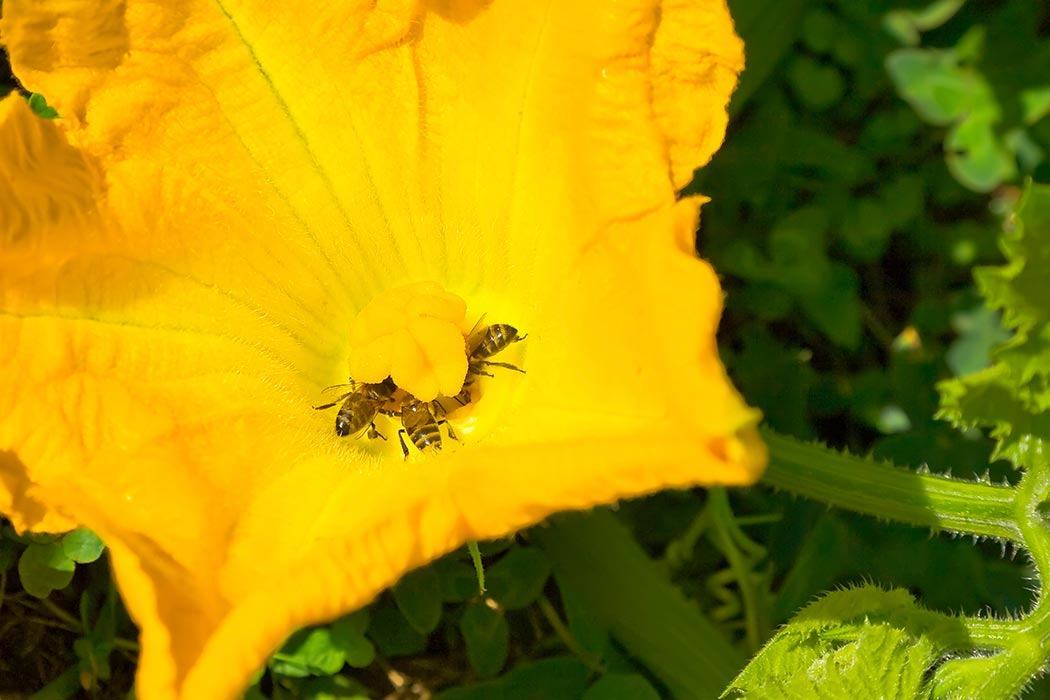Honeybees contribute an estimated $15 billion annually to the U.S. economy by pollinating the vegetables, fruits, and nuts we consume daily, yet these vital social insects have a very complex relationship with industrial agriculture. While we rely on honeybees for our food supply, the practices used in farming might be contributing to their decline: pesticides and herbicides used to control insects and weeds could also be having a detrimental effect on these critical pollinators.
In Europe, bees pollinate more than 80% of the crops and wild plants. Last year, research showed that the use of neonicotinoids, a common class of pesticides (now banned in the European Union), was leading to the decline in bee populations. And now researchers at the National Veterinary Research Institute in Poland have published a study in the Journal of Chromatography A that shows that European honeybees are poisoned with some 57 different pesticides.
In Poland, up to 1500 “plant protection products” made up of 200 different pesticides are used in agriculture. The list of chemicals in bees there is troubling because it includes the banned neonicotinoid, clothianidin, in nearly a third of the bees studied. Another neonicotinoid, imidacloprid, was also found in some samples. In this study, scientists developed a way to concurrently screen for 200 pesticides at the same time. The method should help researchers determine what’s really putting honeybees at risk.
In the U.S, beekeepers have been concerned with colony collapse disorder (CCD). In CCD, worker bees abandon the bee colony en masse, dying off-site, leaving the queen bee without sufficient care, usually leading to the collapse of the colony or hive. In the last few years, up to 45% of U.S. hives have been annually lost to CCD (36% in Europe). Many factors are thought to be involved with CCD, such as disease, parasites, and poor nutrition. Potential links between pesticide use and CCD are being intensively studied. At the very least, there seems to be evidence that suggests pesticides are increasing the susceptibility of bee colonies to additional stressors and harming their health.
The interplay of pesticide use and bee health raises an intriguing conundrum: while farmers use pesticides to better manage their crops against detrimental insects, these chemicals seem to be also having negative impacts on the beneficial insects. What’s the tipping point for pesticide use? Can large-scale agriculture move towards using other approaches that would be healthier for bees, and the humans who are also full of these pesticides?







